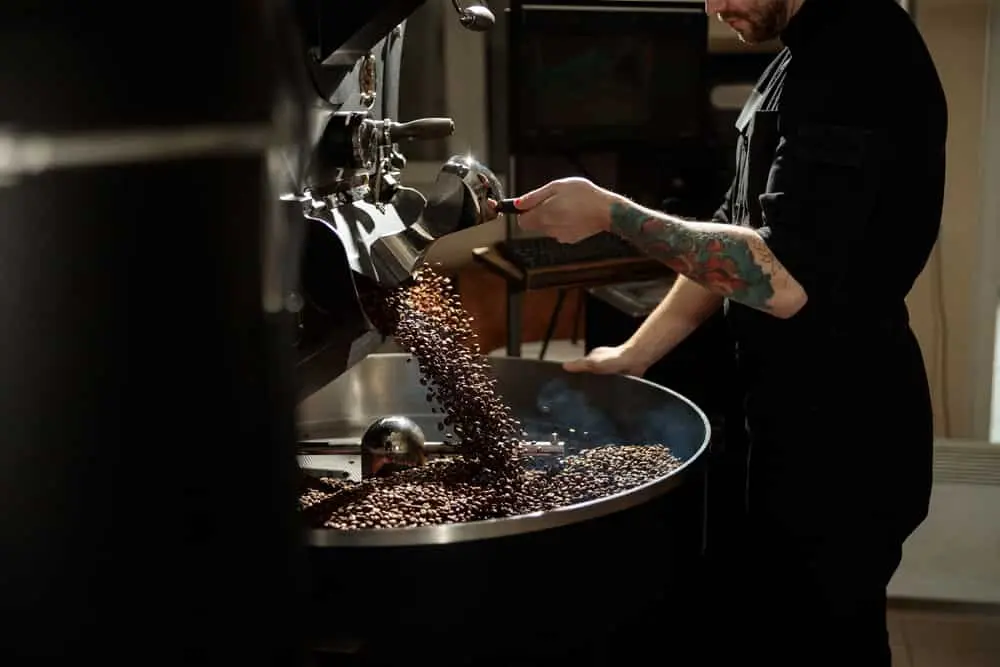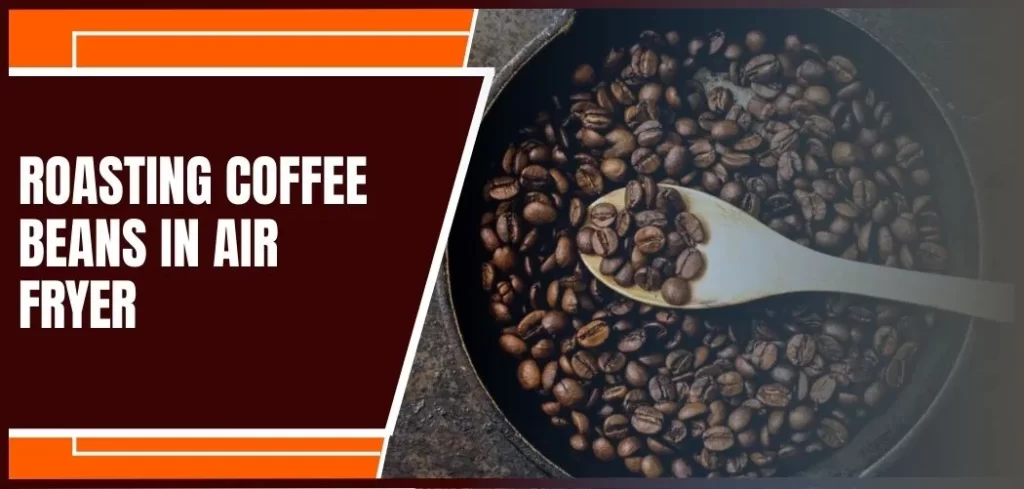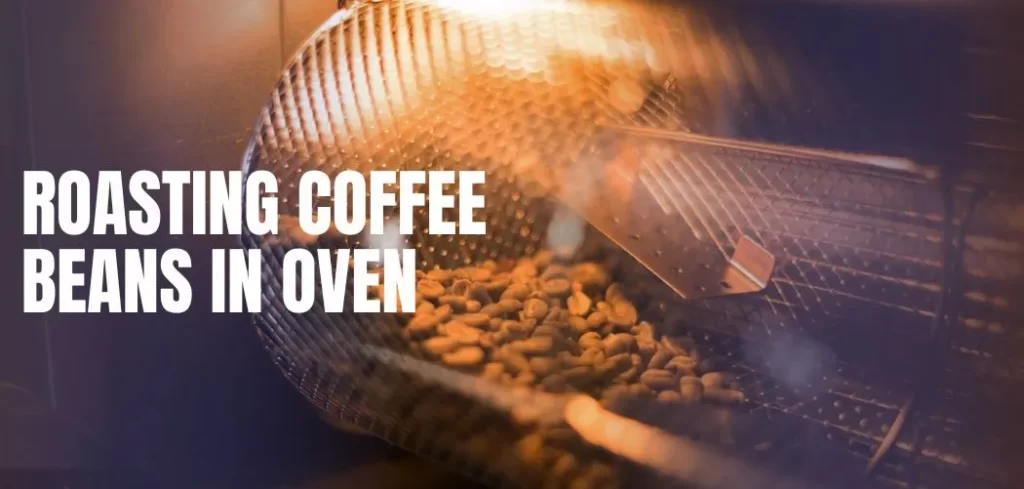Coffee is a beloved beverage that comes in a myriad of flavors, and one popular option for those who crave a bold and intense taste is French Roast Coffee. But what exactly is French Roast, and what sets it apart from other types of coffee?
In this comprehensive guide, we will delve into the origins, roasting process, flavor profile, and cultural significance of French Roast Coffee. Whether you’re a coffee aficionado or simply curious about this unique roast, this article will provide you with in-depth insights and practical tips to appreciate and enjoy French Roast to the fullest.
French Roast Coffee is a dark roast level known for its rich, smoky, and robust flavor. It is typically characterized by its deep brown or almost black color and a shiny, oily surface on the coffee beans. But how did French Roast gain its popularity and why is it so revered in the coffee world? Let’s explore its history and origins.
The origins of French Roast Coffee can be traced back to France and Europe, where dark roasting techniques were first developed. The French were known for their love of strong, intense flavors in food and beverages, and this preference extended to their coffee as well. French Roast gained popularity for its distinctive taste, which was achieved through a longer roasting process at higher temperatures compared to lighter roasts. Over time, French Roast spread to other regions, including North America, where it has become a staple in many coffee cultures.
Today, French Roast Coffee holds a special place in the hearts of coffee enthusiasts around the world. Its bold and smoky flavors are appreciated by those who enjoy a robust cup of coffee that packs a punch. However, there are also misconceptions and misunderstandings about French Roast that we will address in this article, as we aim to provide a comprehensive understanding of this unique coffee roast.
So, get ready to embark on a journey to discover everything you need to know about French Roast Coffee – from its roasting process and flavor profile to its cultural significance and tips for enjoying it to the fullest. Let’s dive in and explore the world of French Roast Coffee, one sip at a time!
Understanding the Roasting Process
Roasting is a critical step in the coffee production process that transforms green coffee beans into the aromatic and flavorful beans used to brew coffee. The roasting process involves applying heat to the coffee beans, causing them to undergo chemical and physical changes that affect their color, aroma, flavor, and acidity.

When it comes to French Roast Coffee, the roasting process is taken to a dark level, resulting in a unique set of characteristics that distinguish it from other coffee roasts. Here’s a closer look at the key aspects of the roasting process for French Roast:
- Roast Level: French Roast is classified as a dark roast, which means the coffee beans are roasted for a longer duration and at higher temperatures compared to lighter roasts. The beans are typically roasted until they reach a dark brown or almost black color, with a shiny, oily surface. The extended roasting time and high temperatures result in the coffee beans developing a bold and intense flavor profile, with notes of smokiness and bitterness.
- Maillard Reaction: During the roasting process, the beans undergo a chemical reaction known as the Maillard reaction, which is responsible for creating the complex flavors and aroma of coffee. In French Roast, the Maillard reaction is taken to a higher level, resulting in the caramelization of sugars and the development of deeper, richer flavors. This is what gives French Roast its distinctively smoky and robust taste.
- Oil Development: French Roast is known for its shiny, oily surface, which is a result of the coffee beans releasing oils during the roasting process. The longer roasting time and higher temperatures in French Roast cause the coffee beans to excrete more oils, resulting in a darker appearance and a fuller body in the brewed coffee. The presence of oils also contributes to the unique mouthfeel and aftertaste of French Roast.
- Bean Structure: The roasting process also affects the physical structure of the coffee beans. In French Roast, the beans become darker and more brittle due to the prolonged exposure to heat. This can result in a more fragile bean structure that is prone to breakage, but it also contributes to the distinct crunch and texture of French Roast when brewed.
In the next section, we will explore the flavor profile of French Roast Coffee in more detail, so you can get a better understanding of what to expect when you take your first sip of this robust brew.
Flavor Profile of French Roast Coffee
French Roast is renowned for its distinct flavor profile, which sets it apart from other coffee roasts. The prolonged roasting process and high temperatures used in French Roast result in a bold and intense flavor profile with unique characteristics. Here’s a closer look at the flavor profile of French Roast Coffee:
Bold and Robust: French Roast is known for its strong and bold taste. The extended roasting time and high temperatures result in a coffee that has a rich and full-bodied flavor, with pronounced notes of smokiness, bitterness, and earthiness. It’s a coffee that packs a punch and can be particularly appealing to those who prefer a strong and robust cup of coffee.
Smoky and Charred: The longer roasting time of French Roast leads to the development of smoky and charred flavors in the coffee. The Maillard reaction that occurs during roasting creates caramelized sugars, which add to the smoky and charred notes in the flavor profile. This gives French Roast its distinctive and often polarizing taste that some coffee lovers find irresistible.
Low Acidity: French Roast tends to have a low acidity compared to lighter coffee roasts. The prolonged roasting process results in a decrease in acidity, which gives French Roast a smoother and less tangy taste. This makes it a suitable choice for those who prefer a coffee with a milder acidity level.
Oily Mouthfeel: The oils that are released during the roasting process in French Roast contribute to its unique mouthfeel. The coffee can have a thick and oily texture, which coats the tongue and leaves a lingering aftertaste. This can be a desirable characteristic for those who enjoy a rich and velvety mouthfeel in their coffee.
Bittersweet Finish: French Roast typically has a bittersweet finish, with a lingering bitterness that is a result of the extended roasting time. This bitterness can be appreciated by those who enjoy a more robust and bold coffee flavor, but it may not be as appealing to those who prefer sweeter coffee profiles.
Origins and History of French Roast Coffee
The term “French Roast” may give the impression that this coffee roast originated in France, but the reality is quite different. The term actually refers to a dark roast level that is popular in many countries around the world, and its origins can be traced back to the history of coffee itself.
Historical Roots: Coffee has a long and rich history that dates back centuries. The origins of coffee can be traced to Ethiopia, where coffee beans were first discovered and cultivated. From there, coffee spread to other parts of the world, including the Arabian Peninsula, where it gained popularity as a beverage in the 15th century.
Early Roasting Practices: The early roasting practices for coffee involved simple methods like pan roasting or open flame roasting. These methods resulted in lighter roasts with milder flavors. However, as coffee gained popularity and spread to different regions, variations in roasting techniques and preferences emerged.
Development of Dark Roasts: The concept of dark roasting, including what is now known as French Roast, likely emerged as a way to preserve and transport coffee beans over long distances. Dark roasts were found to have a longer shelf life due to the extended roasting time, which helped to reduce the risk of spoilage during transportation.
Popularization of French Roast: The term “French Roast” is believed to have originated in the United States in the 19th century, and it refers to a specific dark roast level that became popular among American consumers. The exact reason behind the term “French” is unclear, but it may have been used to denote a darker, bolder coffee similar to the strong flavors often associated with French cuisine.
Global Popularity: Today, French Roast coffee is popular not only in the United States but also in many other countries around the world. It has become a staple in the specialty coffee industry, with many coffee enthusiasts appreciating its unique and intense flavor profile.
In the next section, we will explore the brewing tips and recommendations for French Roast Coffee, so you can enjoy a delicious cup of this dark and flavorful brew at home.
Tips for Enjoying French Roast Coffee
French Roast coffee is known for its bold, dark, and intense flavors. To fully appreciate and enjoy this unique coffee roast, here are some tips to keep in mind:

Use Freshly Roasted Beans: Freshly roasted coffee beans are essential for getting the best flavors out of French Roast coffee. Look for a local roaster or specialty coffee shop that offers freshly roasted beans, and try to use them within a couple of weeks of roasting for optimal taste.
Grind Just Before Brewing: To preserve the freshness and flavors of French Roast coffee, it’s best to grind the beans just before brewing. Invest in a good quality burr grinder and grind the beans to a medium-coarse consistency for most brewing methods, such as drip brewing, pour-over, or French press.
Adjust Brew Time and Temperature: French Roast coffee tends to be darker and more intense, which means it may require slightly different brewing parameters compared to lighter roasts. Experiment with adjusting the brewing time and temperature to find the right balance for your taste preferences. For example, using slightly cooler water or a shorter brewing time can help mitigate the potential bitterness that can come with dark roasts.
Experiment with Brewing Methods: French Roast coffee can be brewed using various methods, such as drip brewing, pour-over, French press, or espresso. Experiment with different brewing methods to find the one that suits your taste preferences the best. For example, a French press may yield a fuller-bodied cup with more oils and a bolder flavor, while a pour-over may result in a cleaner and brighter cup.
Pair with Complementary Flavors: The bold flavors of French Roast coffee can be complemented with certain food pairings. Try pairing it with dark chocolate, nuts, or roasted meats to enhance the flavor profile of the coffee. The rich and robust flavors of French Roast coffee can also be a great match for desserts like chocolate cake or tiramisu.
Store Properly: To keep your French Roast coffee fresh and flavorful, store it properly. Keep the beans in an airtight container in a cool, dry, and dark place, away from direct sunlight, moisture, and heat. Avoid storing coffee beans in the refrigerator or freezer, as they can absorb odors and moisture, which can affect the taste and aroma of the coffee.
Conclusion
French Roast coffee is a dark and intense coffee roast that is loved by coffee enthusiasts for its bold flavors and unique characteristics. Through the roasting process, coffee beans undergo significant changes in color, aroma, and flavor, resulting in a distinct profile for French Roast coffee. It is known for its dark brown or almost black color, intense smoky aroma, low acidity, and bold flavors with notes of caramel, chocolate, and roasted nuts.
In this comprehensive guide, we have explored the roasting process, flavor profile, origins, history, and tips for enjoying French Roast coffee. Understanding the nuances of French Roast coffee can help you appreciate and enjoy this robust and flavorful coffee to the fullest.
Remember to start with freshly roasted beans, grind just before brewing, and adjust brewing parameters to suit your taste preferences. Experiment with different brewing methods and food pairings to enhance the flavor profile of French Roast coffee. Proper storage of coffee beans is also crucial to maintain freshness and flavor.
Whether you prefer to brew it in a drip coffee maker, pour-over, French press, or espresso machine, French Roast coffee offers a bold and memorable coffee experience. So, go ahead and explore the rich and intense flavors of French Roast coffee to awaken your taste buds and elevate your coffee brewing game!
We hope this guide has provided you with a comprehensive understanding of French Roast coffee and its unique qualities. Now, armed with this knowledge, you can confidently enjoy and appreciate the rich flavors of French Roast coffee in your daily coffee routine. Cheers to a great cup of coffee!
A. I. Moon
A.I. Moon, an experienced SEO Pythonista, spends his days coding and developing web applications to help business owners. A passionate coffee enthusiast, he believes that drinking coffee fuels his creativity and productivity. His day isn't complete without the rich aroma and invigorating warmth of a perfectly brewed cup. This love for coffee inspired him to found EspressoRivo, a platform dedicated to sharing his coffee knowledge and fostering a community of passionate aficionados.






